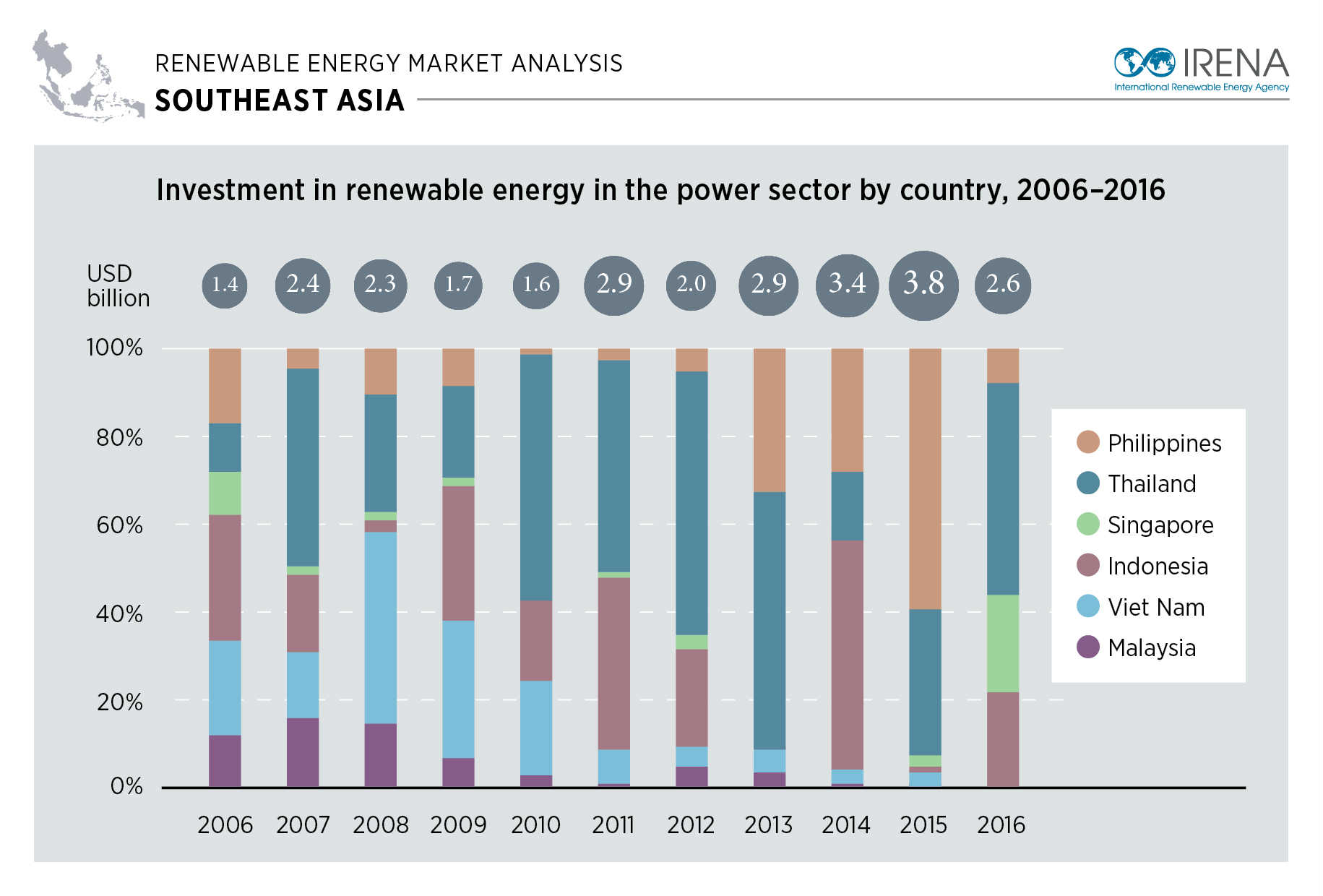Surety Contract Bonds Explained: Important Particulars You Required To Realize
Surety Contract Bonds Explained: Important Particulars You Required To Realize
Blog Article
Post Written By-Moon Andersen
You think you've got agreements all identified, but have you ever before heard of Surety contract bonds? These tiny little records pack a punch when it involves safeguarding your rate of interests.
In this post, we'll break down everything you need to find out about comprehending Surety agreement bonds. From their purpose to the different kinds offered, we have actually got you covered.
Prepare yourself to dive deep into the globe of Surety agreement bonds and end up being a contract pro in a snap.
The Purpose of Surety Contract Bonds
To fully comprehend the purpose of Surety contract bonds, you need to know that they give financial protection to the obligee in case the primary stops working to satisfy their contractual commitments.
browse around this web-site work as an assurance, making sure that the obligee will be compensated if the principal is incapable to complete the agreed-upon work or fulfill their responsibilities. This sort of bond is frequently made use of in building and construction tasks, where there's a risk of the contractor failing or failing to fulfill the task needs.
By calling for a Surety contract bond, the obligee can have peace of mind recognizing that they'll not suffer economic loss if the primary stops working to provide.
Fundamentally, Surety contract bonds function as a safeguard, securing the passions of the obligee and making sure that contractual commitments are satisfied.
Kinds Of Surety Contract Bonds
There are a number of various types of Surety agreement bonds, and it is essential for you to comprehend every one to identify which is most suitable for your specific needs.
The very first type is the quote bond, which assures that if you win an agreement, you'll enter into the contract and give the needed performance and settlement bonds.
The second type is the performance bond, which guarantees that you'll finish the job according to the terms of the agreement.
The 3rd kind is the repayment bond, which assures that you'll pay all subcontractors, workers, and vendors associated with the job.
Ultimately, there's https://how-to-open-online-busine39517.smblogsites.com/32411345/the-impact-of-surety-bonds-on-building-project-monitoring , which gives protection versus problems in handiwork or products after the project is completed.
Understanding these various kinds of Surety contract bonds will certainly aid you select the right one for your certain circumstance.
Key Events Involved in Surety Contract Bonds
You should recognize that a crucial celebration associated with Surety agreement bonds is the principal, who's the event that's bound to meet the terms of the agreement. The principal is usually the contractor or the event that's carrying out the construction project.
Another crucial celebration is the obligee, that's the entity that requires the bond to guarantee that the contract is satisfied. The obligee is normally the task proprietor or the customer.
Finally, there's the Surety, that's the party that supplies the bond and ensures the principal's performance. The Surety is typically an insurer or a financial institution.
These 3 celebrations interact to guarantee that the regards to the contract are fulfilled which the project is completed effectively.
Conclusion
So there you have it - now you comprehend the ins and outs of Surety agreement bonds. From the different types available to the essential celebrations involved, you're furnished with the knowledge to navigate this complex world.
Keep in mind, whether you're a service provider or a task proprietor, having a solid understanding of Surety contract bonds is crucial for an effective project.
So do not allow this vital element of building catch you unsuspecting - be prepared and guarantee your job's success with Surety contract bonds.
